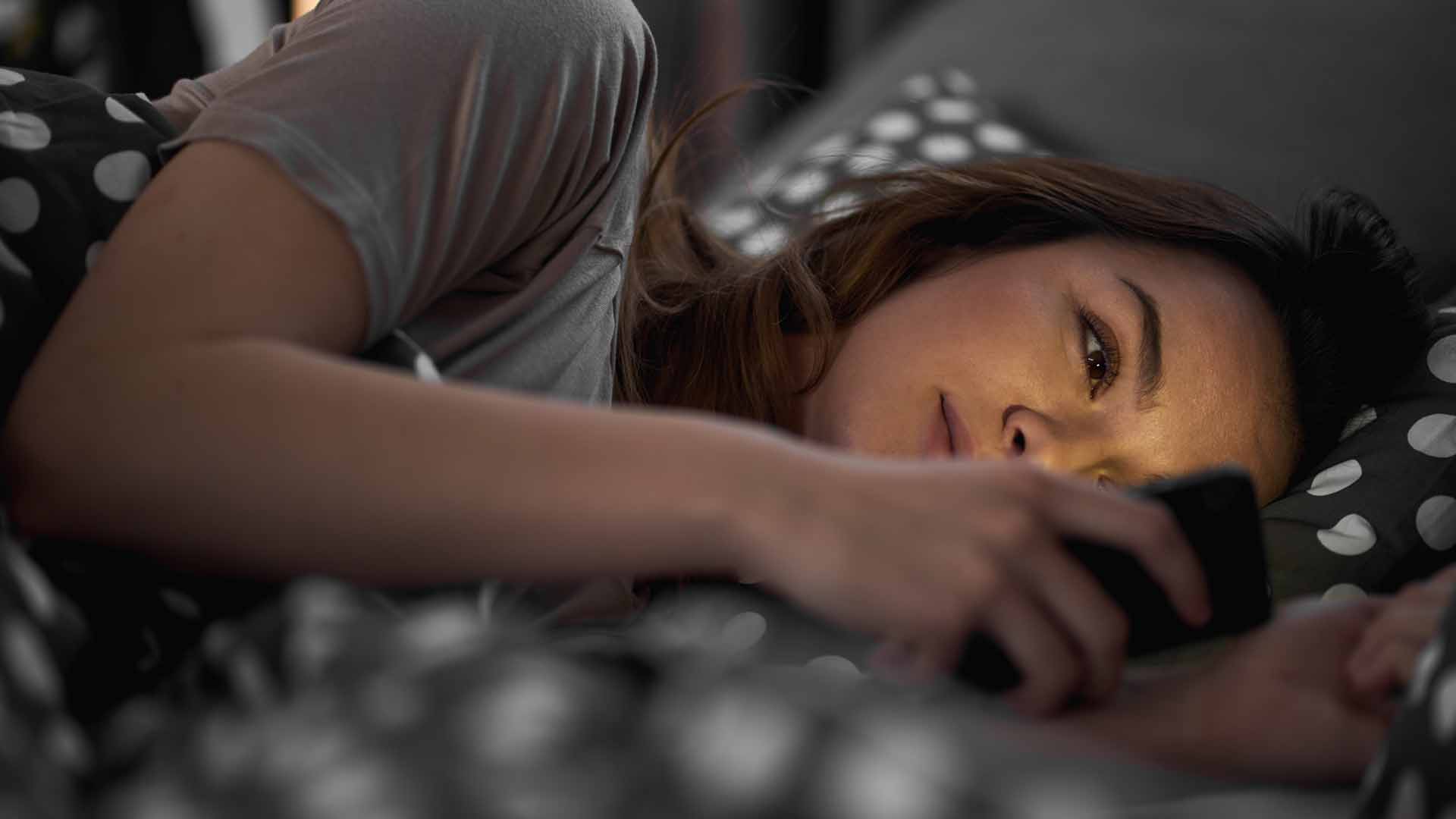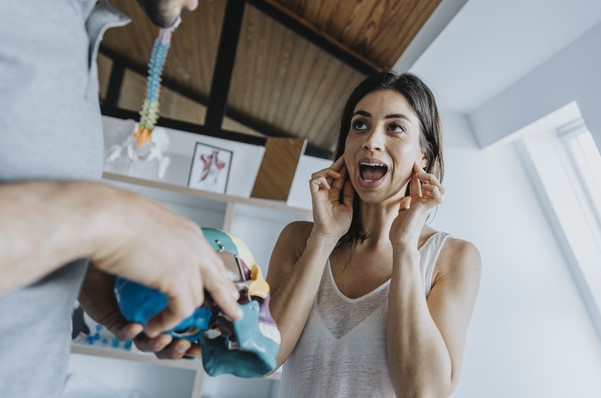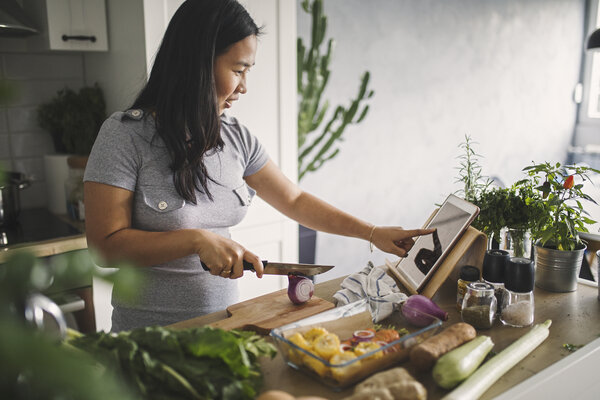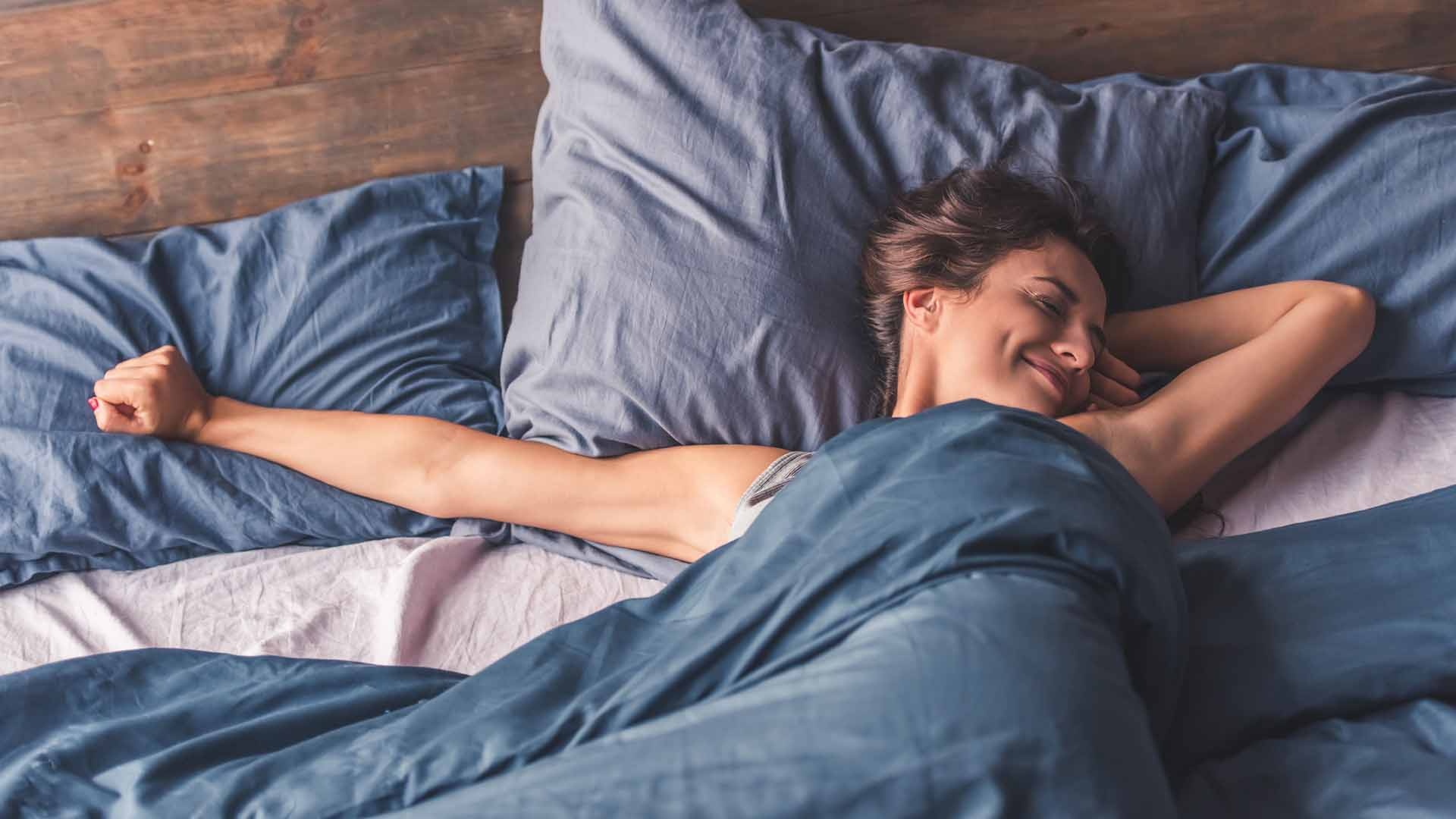-
A while ago, I broke up with my long-term partner. I had just started working as a freelancer. I moved to a house on my own and went from being around people every minute, to not seeing another human for up to three days.
But I had Facebook friends to chat with, Instagram friends to like my photos and a community of copywriters who’d encourage me when I whinged about a client. I was okay. Well, I would’ve been, if it weren’t for the incessant toothaches, which my dentist diagnosed as stemming from the fact that my mouth seemed to be in a mad rush to get rid of my teeth.
A survey conducted by Lifeline showed that loneliness was on the rise in Australia. A whopping 82.5% of respondents said they believed loneliness was increasing.
It’s important not to overlook the role real-world relationships have in our mental health and wellbeing.
I never thought I was lonely per se. I was always chatting to people via social media. But the rapid weight loss was disconcerting, as were the heart palpitations. When the insomnia started to affect my productivity I finally decided to see a psychologist who diagnosed me with severe anxiety.
Together, my psychologist and I tried to find the root of my mental health issues. We decided it was due to work stress and I was given tools to deal with my anxiety. We also discussed medication.
Psychologist Susan Pinker explores the importance of physical connection in her book The Village Effect. Through various studies she shows that when people touch each other, be it a pat on the back or a handshake, oxytocin is released which promotes feelings of trust and allays stress. Oxytocin has also been shown to boost mood and improve our ability to learn and remember. She concludes that the connections we’re evolved to crave and need simply can’t be replaced by digital interactions.
After months of therapy, with little improvement, I happened to start writing in a co-working space. My anxiety lessened. I also noticed it went away completely when I was with friends. I had always prioritised my work over my social life (something our culture prides itself on doing). When busy, I sequestered myself completely. I suddenly realised, it wasn’t my work that was causing me distress, it was the resultant reclusion.
Dr Lauren Hamilton, a health psychologist from The Mind Room in Melbourne, says alone time is important. The problem arises, she explains, when we don’t balance alone time with physical social interactions.
“We are wired to be social animals,” she says. “Physical interaction is essential in terms of the opportunity for touch as well as being able to see each other in order to recognize each other’s emotions. The non-verbal bits of information we get from face-to-face interactions are vital for bonding.”
“Online interaction isn’t bad,” Dr Hamilton adds, “but it’s important this doesn’t replace face-to-face connection.”
Simple ways to feel more connected
Dr Hamilton offers some simple, helpful tips to increase human connection in our daily lives:
- Put your phone away when you’re with someone.
- Show acts of kindness. We’re wired for kindness. It’s a strong social bonder.
- Try to create more shared experiences. See if you can invite friends to exercise with you, for example.
- Open up to others about your struggles. Studies show that helping others improves a person’s health and wellbeing. So it’s a win-win for both of you!
This new understanding of the importance of human connection motivated me to change my habits.
I made a conscious effort to meet up with people more often and I noticed a significant improvement. I was less anxious. I found I was generally happier. My friends and family were thankful for it, and so were my teeth.
Are you connected, but still lonely?

-
How to stop clenching and grinding your teeth
Waking up with a sore jaw? Clenching your teeth during the day? Find out what causes teeth grinding and how to stop it, including sleep hygiene, stress management techniques and mouthguards.
-
5 immune-boosting habits to start today
When it comes to supporting our immune health, there’s no one-size-fits-all approach for getting it right. Instead, try these different, daily habits, and take a holistic approach to immune health.
-
How to set up your bedroom for better sleep
The sleep experts share some secrets.
-
5 healthy habits (and how to keep them)
New Year's resolutions are easy to make and hard to keep. Discover how to make healthy habits for 2024.
-
How to feel more connected this festive season
Feeling stressed or lonely this festive season?
-
Life’s a beach
If you want to take it easy at the beach, start by making the trip easier on yourself. Cameron Williams reveals the discoveries that made his time at the beach more enjoyable.
Subscribe to receive the best from Live Better every week. Healthy recipes, exercise tips and activities, offers and promotions – everything to help you eat, move and feel better.
By clicking sign up I understand and agree to Medibank's privacy policy






